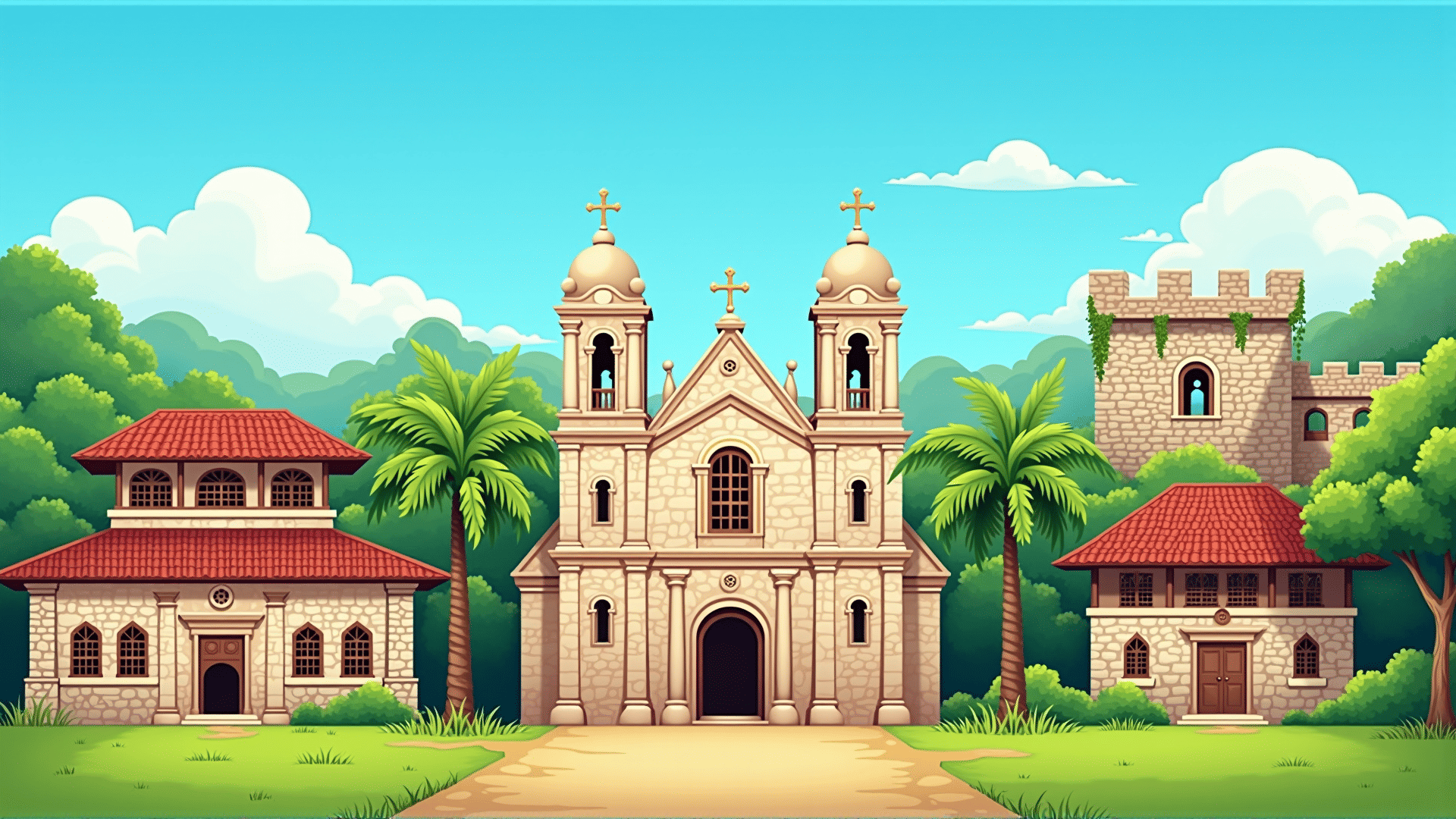The Philippines, an archipelago rich in diverse cultures and traditions, is a nation adorned with historical landmarks that tell stories of its vibrant past. Each site serves as a window into various periods, offering insights into the influences that have shaped the country's unique heritage.
One of the most iconic landmarks is the centuries-old Intramuros in Manila. This "Walled City" was the epicenter of Spanish colonization in the Philippines. Built in the late 16th century, Intramuros withstood numerous challenges, including invasions and natural catastrophes. Walking through its cobblestone streets, visitors can explore Fort Santiago, Manila Cathedral, and San Agustin Church, feeling the echoes of history in their walls.
Venturing north, Vigan in Ilocos Sur is a well-preserved example of a Spanish colonial town. This UNESCO World Heritage Site is renowned for its cobblestone streets and ancestral homes that elegantly merge Asian architecture with European design. Vigan's charm lies in its ability to transport visitors back to a time where horse-drawn carriages ruled the streets, offering a tactile connection to the past.
Further south, the islands of Bohol provide a peek into the prehistoric era and the age of exploration. The Chocolate Hills, a geologic formation consisting of over a thousand limestone mounds, are steeped in local legends and have captivated generations. Nearby, the Baclayon Church, constructed in 1595, stands as one of the oldest in the Philippines, showcasing traditional Filipino craftsmanship mixed with Spanish architecture.
On the shores of Cebu, Magellan's Cross marks the fateful meeting of the Eastern and Western worlds through the arrival of Portuguese explorer Ferdinand Magellan. This simple wooden cross, enshrined in a small chapel, commemorates the introduction of Christianity to the islands, influencing the cultural fabric of the nation.
In the realm of natural wonders, the Rice Terraces of the Philippine Cordilleras are architectural marvels carved into mountains over two millennia ago by the Ifugao people. These terraces, exemplifying communal ingenuity and environmental harmony, continue to produce rice and vegetable crops today, maintaining practices handed down through generations.
In Mindanao, the Datu Piang Municipal Hall in Cotabato remains a significant site that reflects the Muslim influence in the region. Its architecture and history provide a glimpse into the ways of a diverse cultural group that has played a pivotal role in shaping the southern parts of the Philippines.
These historical treasures are more than just physical structures; they are narratives that encapsulate the resilience, ingenuity, and spirit of the Filipino people. By uncovering and preserving these stories, we honor the past while forging a path for future generations to appreciate and understand the rich tapestry of Filipino heritage.
